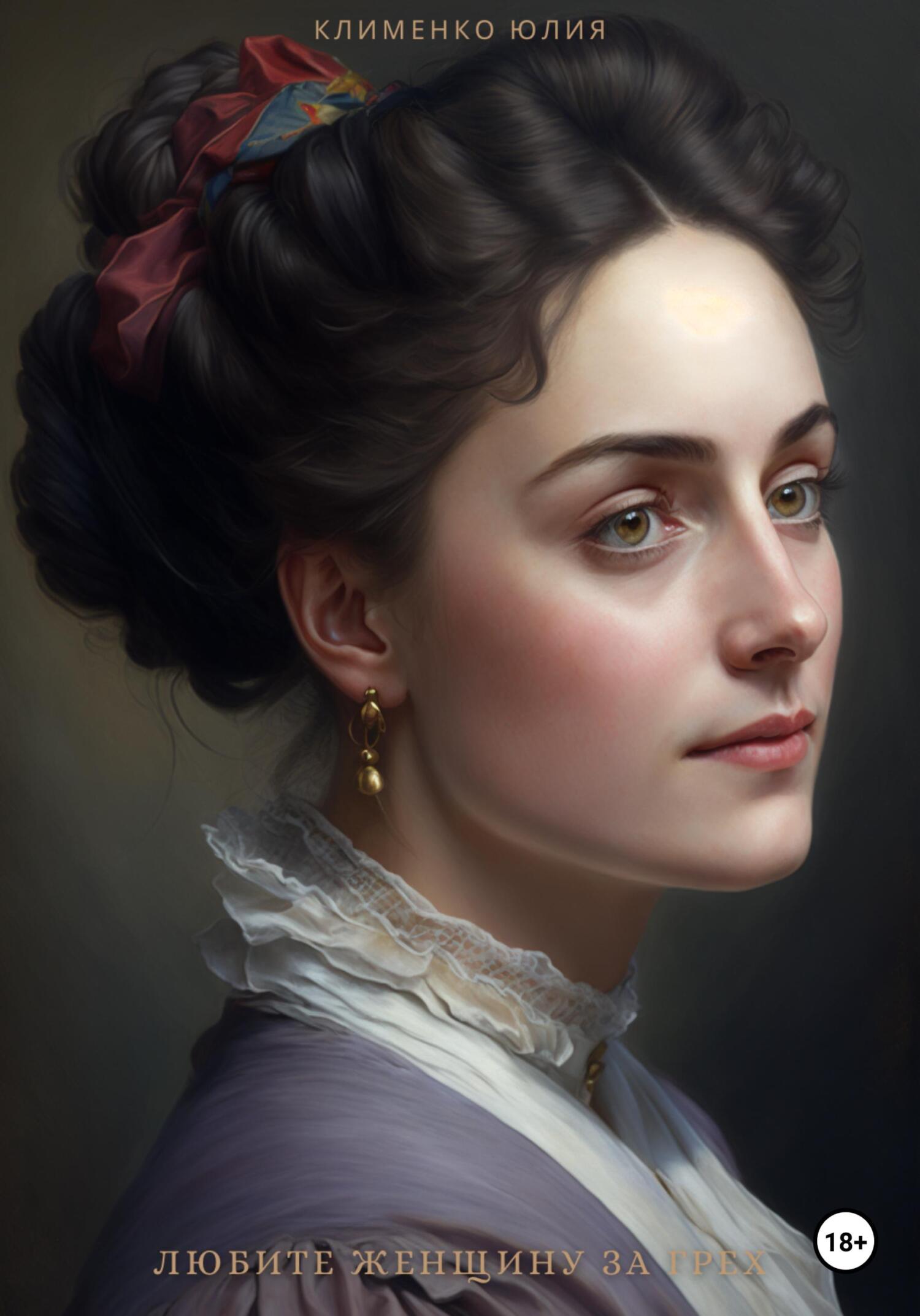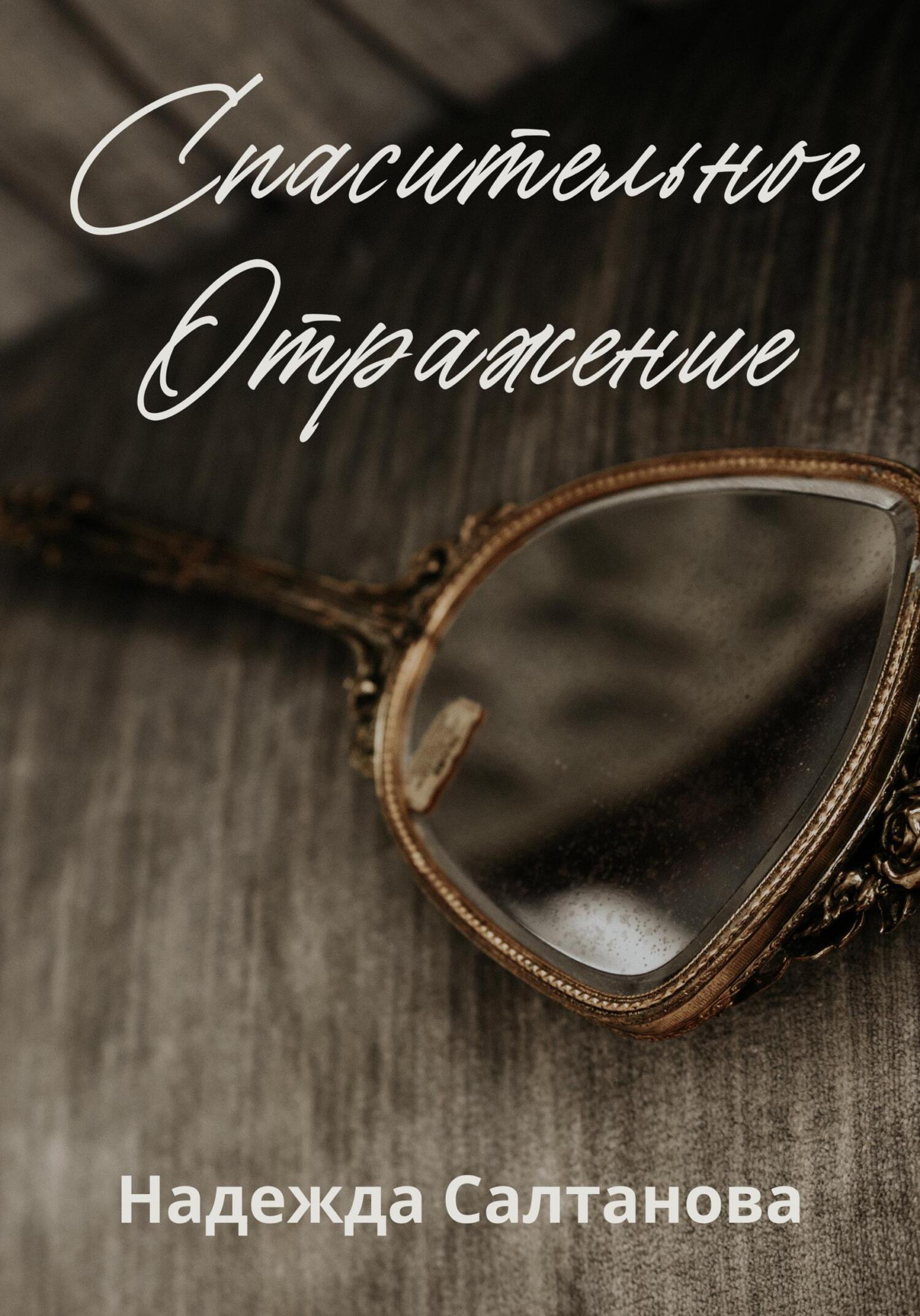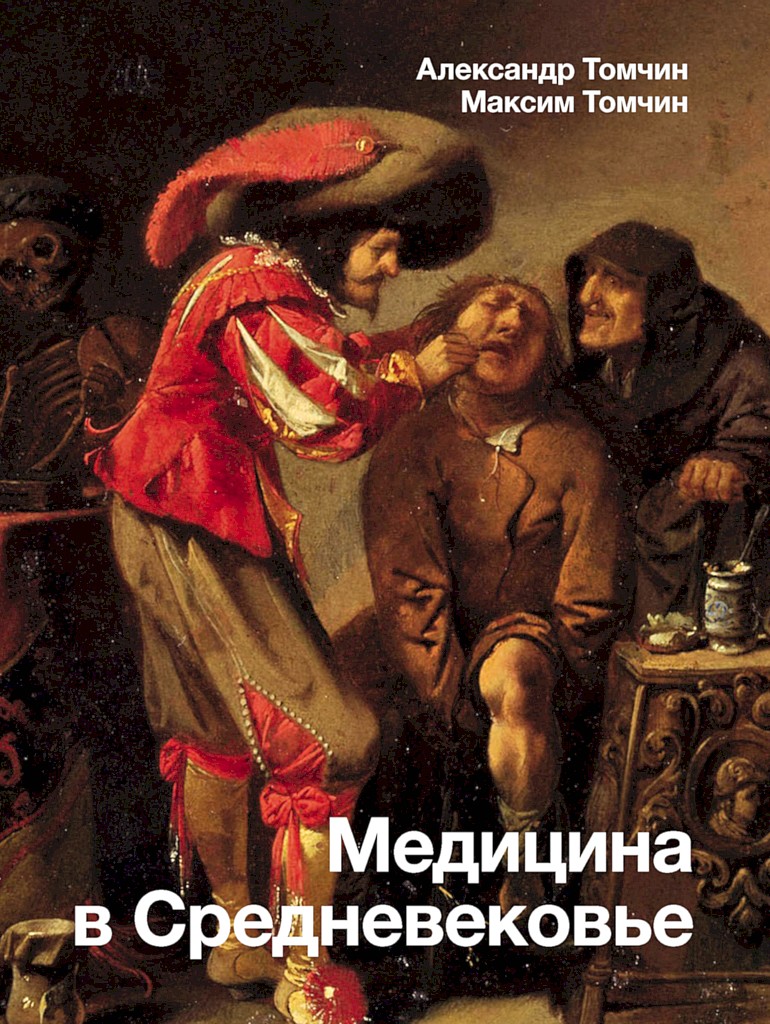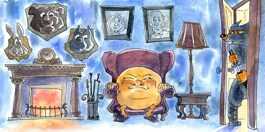University Press, 1987), 56.
Henrietta Leyser, Medieval Women: A Social History of Women in England, 450–1500 (London: Weidenfeld & Nicolson, 1995), 143–44.
“Survey of Alwalton: Obligations of Peasants (1279),” в Amt, Women's Lives in Medieval Europe, 182–84.
Zvi Razi, “Family, Land, and the Village Community in Later Medieval England,” Past and Present 93, no. 1 (1981): 5.
Emilie Amt, ed., Women's Lives in Medieval Europe: A Sourcebook (New York: Routledge, 1993), 181.
Там же, 182.
Millett and Wogan-Browne, Medieval English Prose for Women, 35.
Heath Dillard, Daughters of the Reconquest: Women in Castilian Town Society, 1100–1300 (Cambridge, U. K.: Cambridge University Press, 1984), 150; Leyser, Medieval Women, 152.
Martine Segalen, Love and Power in the Peasant Family: Rural France in the Nineteenth Century, trans. Sarah Matthews (Chicago: University of Chicago Press, 1983), 138–39.
Peter Ward, The Clean Body: A Modern History (Montreal: McGill-Queen's University Press, 2019), 89.
Burchard of Worms, Corrector and Doctor, in Medieval Popular Religion, 1000–1500: A Reader, ed. John R. Shinners, 2nd ed. (Toronto: University of Toronto Press, 2006), 461.
“Descriptions of Maidservants' Work (12th–13th c.),” в Amt, Women's Lives in Medieval Europe, 181.
Aelfric, Alfric's Colloquy: Translated from the Latin, trans. Ann E. Watkins, http://www.kentarchaeology.ac/authors/016.pdf, 13.
“Manorial Court rolls (14th c.),” in Amt, Women's Lives in Medieval Europe, 185. Llewellyn Jewitt, “A Few Notes on Ducking Stools,” Green Bag 10 (1898): 522. Позорный стул — в чистом виде промежуточный шаг на пути к окуна-тельному стулу и представлял собой обычный стул, к которому привязывали провинившуюся и оставляли у порога ее дома с тем, чтобы соседи, проходя мимо, осыпали ее насмешками.
“Coroners' Rolls: Violent Incidents (13th–14th c.),” in Amt, Women's Lives in Medieval Europe, 189.
Helena Graham, “ ‘A Woman's Work . . .': Labour and Gender in the Late Medieval Countryside,” в Woman Is a Worthy Wight: Women in English Society, c. 1200–1500 ed. P. J. P. Goldberg (Wolfeboro Falls, N. H.: Alan Sutton, 1992), 141; Leyser, Medieval Women, 147.
Leyser, Medieval Women, 156.
“Parisian Guild Regulations (13th c.),” in Amt, Women's Lives in Medieval Europe, 194.
Там же, 196.
Guy Geltner, “Healthscaping a Medieval City: Lucca's Curia Viarum and the Future of Public Health History,” Urban History 40, no. 3 (2013): 396–400. Christopher Mielke, “Rub-a-dub-dub, Three Maids in a Tub: Women in Bathhouse and Secondary Sites of Sex Work in Medieval Hungarian Towns,” in Same Bodies, Different Women: “Other” Women in the Middle Ages, ed. Christopher Mielke and Andrea-Bianka Znorovszky (Budapest: Trivent, 2019), 118–20.
Там же, 121.
Там же, 197.
Там же.
“Infractions of Commercial Regulations (13th–14th c.),” in Amt, Women's Lives in Medieval Europe, 202.
Там же, 202–3.
Erika Uitz, Women in the Medieval Town (London: Barrie & Jenkins, 1990), 44.
Там же, 40.
Там же, 41.
Цит. по Jenifer Ni Ghradaigh, “Mere Embroiderers? Women and Art in Early Medieval Ireland,” in Reassessing the Roles of Women as “Makers” of Medieval Art and Architecture, ed. Therese Martin (Leiden: Brill, 2012), 93.
Charles Henry Hartshorne, “English Medieval Embroidery,” Archaeological Journal 1, no. 1 (1844): 322.
Dorothy Miner, Anastaise and Her Sisters: Women Artists of the Middle Ages (Baltimore: Walters Art Gallery, 1974), 20–21.
Annemarie Weyl Carr, “Women as Artists in the Middle Ages,” Feminist Arts Journal (Spring 1976), 6.
Pierre Alain Mariaux, “Women in the Making: Early Medieval Signatories and Artists' Portraits (9th–12th c.),” in Martin, Reassessing the Roles, 399–409.
Francoise Baron, “Enlumineurs, peintres et sculpteurs parisiens des XIIIe et XIVe siècles, d'après les roles de la taille,” Bulletin archéologique du Comité des travaux historiques et scientifiques 4 (1968): 37–121; and Baron, “Enlu-mineurs, peintres et sculpteurs parisiens des XIVe et XVe siècles, d'après les archives de l'hôpital Saint-Jaques-aux-Pèlerins,” Bulletin archéologique du Comité des travaux historiques et scientifiques 6 (1971): 77–115.
Katrinette Bodarwé, “Pflege und Medizin in mittelalterlichen Frauenkon-venten / Cure and Medicine in Medieval Nunneries,” Medizinhistorisches Journal 37, no. 3–4 (2002): 231–63.
Vern L. Bullough, “Training of the Non University-Educated Medical Practitioners in the Later Middle Ages,” Journal of the History of Medicine and Allied Sciences 14, no. 4 (1959): 448.
Monica H. Green, ed. and trans., The Trotula: An English Translation of the Medieval Compendium of Women's Medicine (Philadelphia: University of Pennsylvania Press, 2001), xii–xiv.
Green, Trotula, 80.
Leyser, Medieval Women, 127.
Sprenger and Kramer, Malleus Maleficarum, 66.
Augustine, De ordine, in Corpus scriptorum ecclesiasticorum Latinorum, ed. P. Knoll, 63 (Leipzig, 1922), 155; Aquinas, Summa Theologica, pt. Iia–IIae, ques. 10, art. 11.
Ivan Hlaváček and Zdeňka Hledíková, eds., Protocollum visitationis archidi-aconatus Pragensis annis 1379–1382 per Paulum de Janowicz archidiaconum Pragensem factae (Prague: Academia, 1973), 118.
Там же, 62.
“Carpenter's Specifications: A Town House (1308),” in Amt, Women's Lives in Medieval Europe, 213.
Там же, 211.
John Martin Klassen, The Nobility and the Making of the Hussite Revolution (New York: Columbia University Press, 1978), 20.
John Noorthouck, A New History of London Including Westminster and Southwark (London: R. Bladwin, 1773), bk. 3, ch. 1 “Southwark,” note 11, https:// www.british-history.ac.uk/no-series/new-history-london/pp. 678-690.
John E. Lobdell and Douglas Owsley, “The Origin of Syphilis,” Journal of Sex Research 10, no. 1 (1974): 76–79.
Emile Friedberg, ed., Corpus iuris canonici: Editio lipsiensis secunda post Ae-milii Ludouici Richteri curas ad librorum manu scriptorum et editionis ro-manae fidem recognouit et adnotatione critica instruxit Aemilius Friedberg (Graz: Akademische Druck, 1879–81), 2:668.
Vita venerabilis presbyteri Milicii, praelati ecclesiae Pragensis, in Josef Emler, ed., Fontes Rerum Bohemicarum (Prague: Musea Království českého, 1871– 73), 1:418.
Leah Lydia Otis, Prostitution in Medieval Society: The History of an Urban Institution in Languedoc (Chicago: University of Chicago Press, 1985), 72–73.
Там же, 73–76.
“Caesarius of Arles: Rule for Nuns (ca. 512–534),” в Amt, Women's Lives in Medieval Europe, 221–22.
Там же, 223.
James of Vitry, “The Life of Mary of Oignies,” в The Essential Writings of Christian Mysticism, ed. Bernard McGinn (New York: Modern Library, 2006), 65.
Marguerite Porete, The Mirror of Simple Souls, trans. Ellen L. Babinsky (New York: Paulist Press, 1993), 104.
Phillips, Medieval Maidens, 74.
Agnes Strickland, Lives of the Queens of England from the Norman Conquest (Philadelphia: Lea & Blanchard, 1841), 308.
























